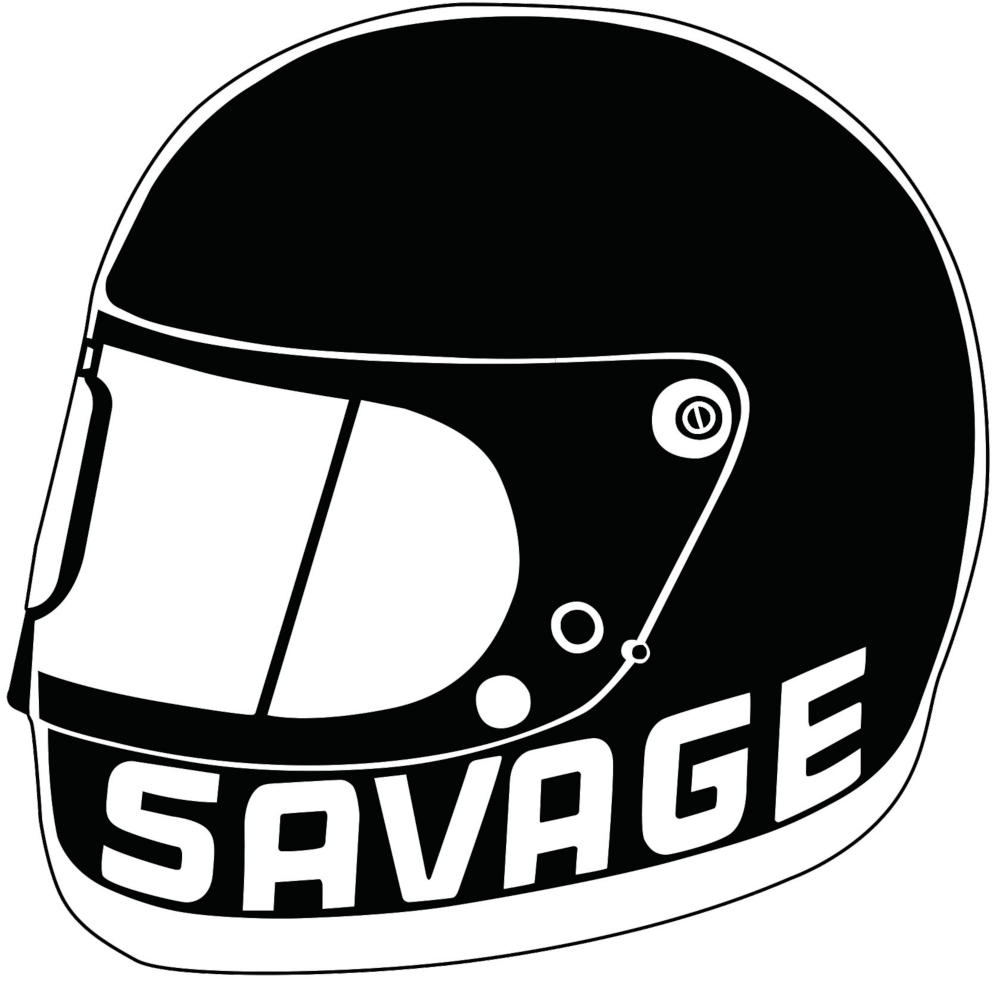The man
A brief history of the Savage Legacy
Swede Savage
The history of swede savage
Born David Earl Savage, Jr. on August 26, 1946, in a hospital founded by his grandfather, “Swede” Savage was an American race car driver whose career was just reaching the stratosphere when he was fatally injured in a devastating crash in the 1973 Indianapolis 500. He was just 26 years old when he died. He remains, to this day, the last driver to have suffered fatal injuries in the Indianapolis 500.
That’s the short story. But the complete Swede Savage story is so much more. Swede was a native of San Bernardino, California. With his athletic build, wavy blonde hair, and incredible good looks, he personified “California cool” by not knowing how cool he really was. He oozed charm and charisma because he was unaware how charming and charismatic he really was. He was as unassuming as he was good looking. He appeared on a major network TV talk show and was a guest at the White House at an age when most people are still figuring out what to do with their lives.
Racing Legend

1973
Swede was a naturally gifted athlete who helped his high school football team win its first conference championship. His athletic career reached a crossroads, however, when his high school football coach told him that he had to chose between motorcycle racing (in which he was considered a “professional” due to the meager prize money he was winning) or continue participating in high school athletics as an amateur. Much to the dismay of his football coach, Swede promptly quit the football team, cranked the throttle on his racing career, and never looked back.
As a young boy, Swede’s dream was always to compete in and win the Indianapolis 500. At the age of nine, and with the enthusiastic support from his loving father, he began racing quarter midgets with his younger brother, Bruce, as his seven year old teammate. His skill behind the wheel was obvious from the beginning. He won well over a hundred quarter midget races.
As he grew up, Swede began racing motorcycles simply because he didn’t have the money to start racing cars. He proved to be a winner on two wheels too. One of his motorcycle riding buddies, the internationally famous race car driver, Dan Gurney, became quite impressed with Swede’s riding and racing skills.
Gurney, who owned his own auto racing team and race car construction business in Santa Ana, California, All American Racers, quickly took Swede under his wing and provided him the environment, equipment, and nurturing to develop into a top flight race car driver. They were teammates together in the 1970 Trans Am series in what have become two of the most iconic road racing cars of all time: the twin 1970 All American Racers Plymouth Barracudas. Swede raced car #42 and Dan raced an identical car #48. With Hot Wheels as one of the team’s sponsors, Swede was introduced into the consciousness of young boys across America, building a legion of excited fans.
Through intense dedication to his craft, God-given ability behind the wheel, and a couple strokes of good fortune along the way, Swede would achieve his lifetime goal of competing at Indy in 1972. The following year, he competed once again for Patrick Racing, one of the top teams in USAC Championship (IndyCar) racing. Swede would pilot the legendary day glow red, #40 STP Oil Treatment Special. Five-time Indy 500 winning chief mechanic, George Bignotti, was in charge of technical preparation, and Swede’s close friend from his days at All American Racers, Jim Wright, was Bignotti’s talented assistant.
On May 12, 1973, Swede broke the track record in Indianapolis 500 qualifying in front of a Pole Day crowd estimated at 250,000 people. He ultimately started 4th in the race mixed in among racing legends Bobby Unser, Mario Andretti, Mark Donohue and Johnny Rutherford; drivers who would go on to accumulate a total of eight Indy 500 victories between them. Many believed that Swede would soon be joining the exclusive group of Indy 500 winners as he took the lead of the race. But on lap 59, his car inexplicably veered sharply toward the infield wall as it exited the fourth turn. Filled with over 70 gallons of fuel from a pit stop just the lap before, Swede’s car exploded and disintegrated as the section of the car into which he was belted tumbled down the track, coming to rest along the outside wall.

1973
Miraculously, Swede survived the violent crash, but was critically injured. He was flown by helicopter to Methodist Hospital in Indianapolis where he would soldier on bravely for thirty-three days, fighting for his life. Sadly, one of the most promising talents and most fascinating personalities in the sport of auto racing in a generation, died on July 2, 1973.
Swede Savage remains one of the sport’s most excruciating stories of unrealized potential; a superstar in the making who lost his life at a young age in one of auto racing’s deadliest eras. But today, Swede’s legacy lives on, perpetuated in recent years by the public emergence of the daughter he never knew. Angela Rene´ Savage was born to Swede’s young and beautiful widow, Sheryl, just three months after his death. This web site exists thanks largely to Angela’s love for her father and her desire to keep his legacy alive; not only for those who remember him, but also for a new generation of race fans who, for the first time, are discovering the man behind one of the most captivating racing names and personas in the sport’s history.

1973
join the Mailing List
Sign-up now for exclusive deals, event updates, and merchandise discounts.

